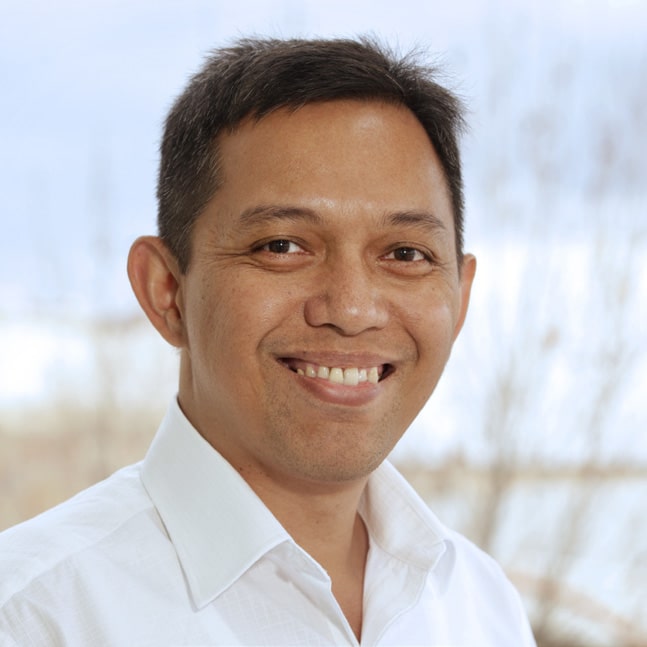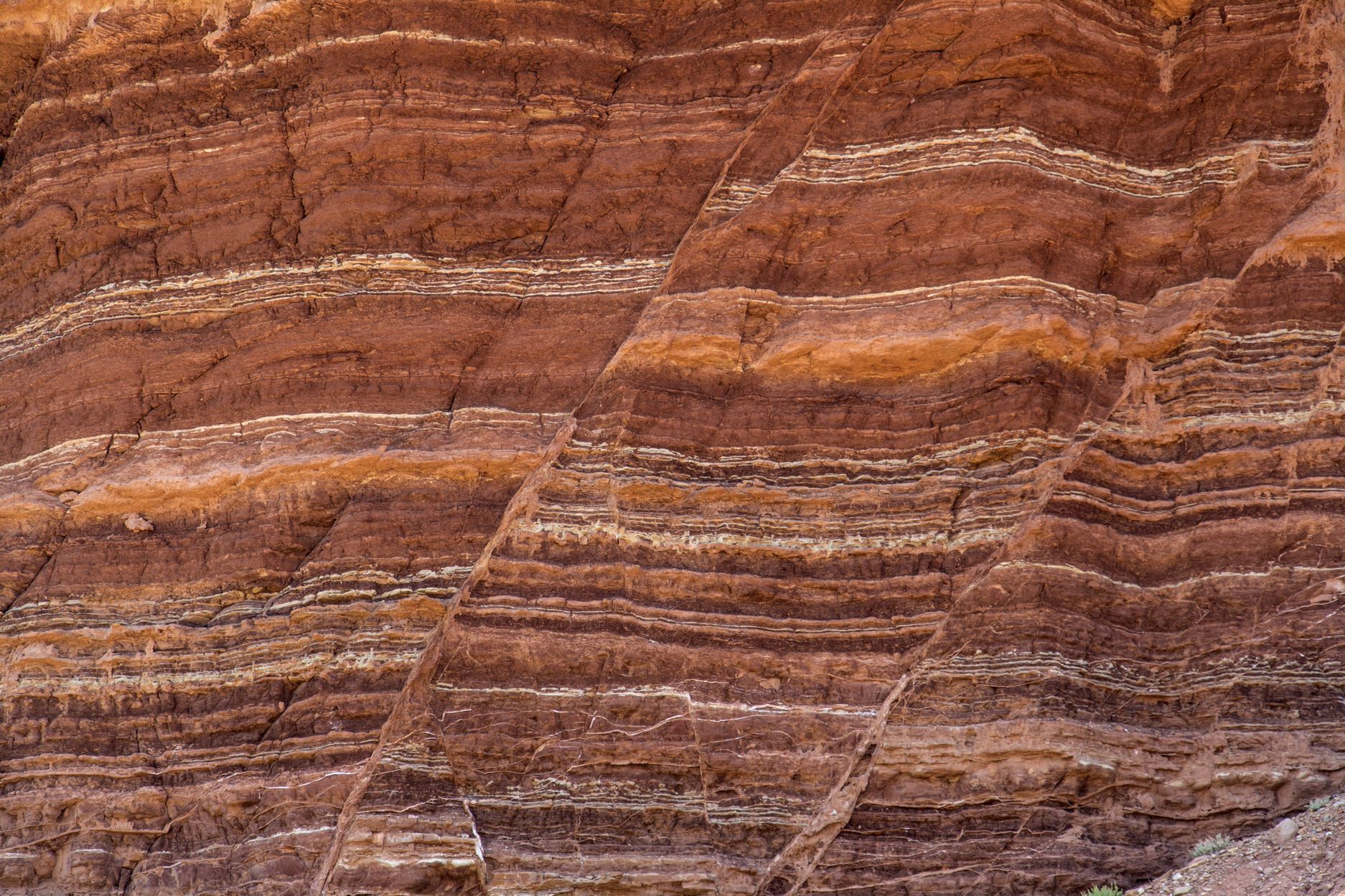Bosta’s experience spans over 20 years. He has worked in numerous countries across a wide variety of deposit styles, settings and commodities where he has gained a diverse range of experience in most aspects of geological modelling, resource estimation, geostatistics and mine geology for both open pit and underground operations.

What has been your involvement with Leapfrog Edge?
I’ve been involved in the Beta programme and I’ve used Leapfrog EDGE so far for data viewing, compositing, contact analysis and Exploratory Data Analysis.
What do you think is the biggest benefit of Leapfrog Edge?
It’s relatively easy to use and has a logical and intuitive workflow to follow. Overall it’s a good tool for general usage.
What are the most valuable features or tools in Leapfrog Edge?
It has a couple of tools that no other software offers and they are quite impressive. The first is the soft boundary assignment tool, it’s interactive and I can visually and instantly make selections, other methods aren’t easy and can take hours. The second is the dynamic 3D rotation of the variogram, it’s pretty cool, you just rotate it and it automatically calculates and I can easily experiment and visualise the results. I’d normally just visualise this in my head as there was no other way to do it
Leapfrog Edge is relatively easy to use and has a logical and intuitive workflow to follow. Overall it’s a good tool for general usage.
Bosta Pratama, Principal Resource Geologist, Cube Consulting
Can you tell us about your experiences using Leapfrog Edge so far?
I’ve used Leapfrog EDGE for data viewing, compositing, contact analysis and for Exploratory Data Analysis. I’d say it’s comparable with other software but it is easier to follow and more intuitive.
How has resource estimation and geostatistics changed over the last 10 years?
For the last 10 years resource estimation hasn’t changed much. Ordinary Kriging and Multiple Indicator Kriging are still popular methods used by the Industry.
For the last 5 years the local dynamic anisotropy neighbourhood has become very well received and implemented by practitioners over the old ‘unfolding’ technique.
However, the simulation method has become more acceptable and applicable (thanks to fast computing) since the majority of the undeveloped deposits are marginal, so the important thing is not only the estimated value but the risk embedded with it.
The soft boundary assignment tool and the dynamic 3D variogram are quite impressive, no other software offers them.
Bosta Pratama, Principal Resource Geologist, Cube Consulting
How do you think it will change over the next 10 years?
It will change apparently, the Centre for Mathematical Morphology in Fontainebleau, France has come up with the latest technique to solve the complex kriging matrix more efficiently. Also research for advanced (and practical) techniques to overcome the non-stationarity situation are in progress.
There is a move towards integrating data into models regularly and having a real-time resource model. How will this change the way mining companies work and make decisions?
This would be a case by case exercise, different commodities have different challenges and different companies have different cultures. Without proper knowledge and experience by the user, real time resource modelling could become dangerous and risky.
Also real time ability is affected by how quickly you can get properly processed data in, and also what happens with the resource model once it’s passed to engineering. I think real time modelling in Grade Control (or Mine Geology situation) is more valuable due to the exhaustive data available and relatively good local knowledge. The real-time grade control model would be beneficial, as for example, it would decrease equipment downtime and streamline mining scheduling.
What is one part of the resource estimation process that is often overlooked?
I think Block size selection and the Validation process don’t always get enough attention. For instance, I usually give the same amount of time to the validation process as to the estimation itself. But everyone takes a different approach and it’s a personal view.
What is one part of the resource estimation process that gets a lot of attention however you don’t think it’s often material?
I think Neighbourhood analysis can get too much attention and the impact on the estimation itself can be minimal. I’d say that Domaining is the most
important part of the process and focussing on getting the geological model right to begin with.
What advice would you give to junior resource geologists?
Quote from the famous Geostatistician Harry Parker:
“Check everything, assume nothing, trust no one.”





